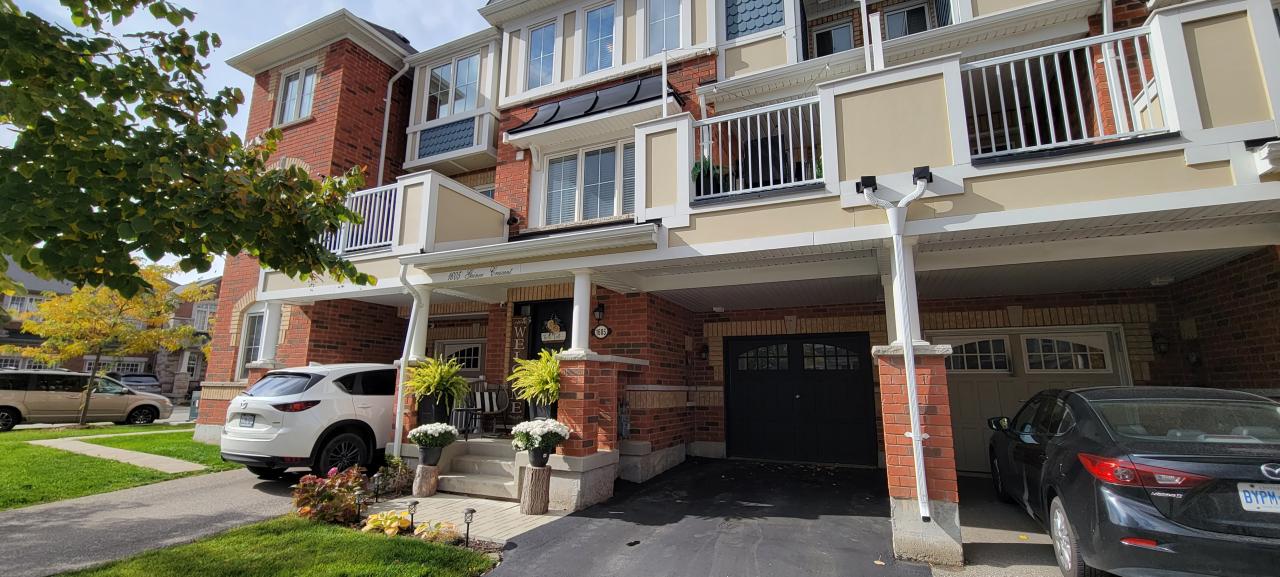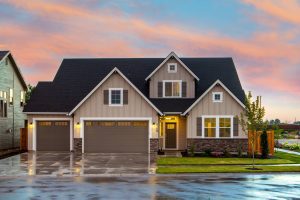How do I protect my home against floods and
natural disasters?
Beat the Next Flood: How Smart Homeowners Protect Their Home From Floods & Natural Disasters
Stop guessing. Start protecting.
If you ask “How do I protect my home against floods and natural disasters?” here’s a straight answer with steps you can use today. No fluff. No panic. Real actions that reduce damage, lower insurance claims, and keep your family safe.
Know your risk first
- Check local flood maps and elevation data. Use FEMA or your municipality flood maps. Know if you’re in a floodplain or zone with frequent storms.
- Check past claims for your address. That shows real risk, not theory.
Insurance: buy protection that actually pays
- Get flood insurance. Standard home insurance rarely covers flood. Buy National Flood Insurance Program (NFIP) or private flood policy.
- Add endorsements: sewer backup, sump pump failure, and overland water coverage if available.
- Keep an updated home inventory (photos, serial numbers). Store copies off-site and online.

Reduce where water can get in
- Seal foundation cracks and install perimeter drains. Look at waterproofing membranes and interior sealants.
- Install a backflow valve on sewer lines to stop sewage backups.
- Elevate utilities (furnace, water heater, electrical panels) above expected flood levels.
- Add flood vents to crawlspaces to equalize pressure and reduce structural damage.
Mechanical defenses that work
- Install a sump pump with battery backup and alarm. Test monthly.
- Consider a generator for long power outages.
- Use storm shutters and impact-resistant windows to reduce wind and debris damage.
Smart landscaping and grading
- Regrade soil away from the foundation. Create swales or berms to direct water away.
- Use permeable surfaces for driveways and patios to reduce runoff.
- Plant trees and shrubs strategically to block wind and absorb water.
Prepare an emergency plan and kit
- Create an evacuation plan with routes, meeting points, and emergency contacts.
- Build a grab-and-go kit: water, food for 3 days, flashlight, first-aid, important documents (waterproof), and phone chargers.
- Practice the plan with your family. Know how to shut off gas, water, and electricity.

Maintain and document
- Inspect roof, gutters, downspouts, and grading twice a year.
- Run insurance and pump tests annually. Keep receipts and service records.
- Photograph upgrades and store records online.
Quick checklist
- Flood map checked
- Flood insurance in place + endorsements
- Sump pump + backup
- Utilities elevated
- Backflow valve installed
- Emergency kit + plan
Protecting your home is predictable work, not luck. If you want a local, hands-on risk review and help finding the right insurance and contractors, contact Tony Sousa — trusted local realtor and risk advisor. He’ll walk your property, identify weak points, and connect you to proven contractors and insurance brokers.
Contact Tony Sousa: tony@sousasells.ca | 416-477-2620 | https://www.sousasells.ca
Act now. A few upgrades and the right policy cut your damage and shorten recovery time when disaster hits.





















